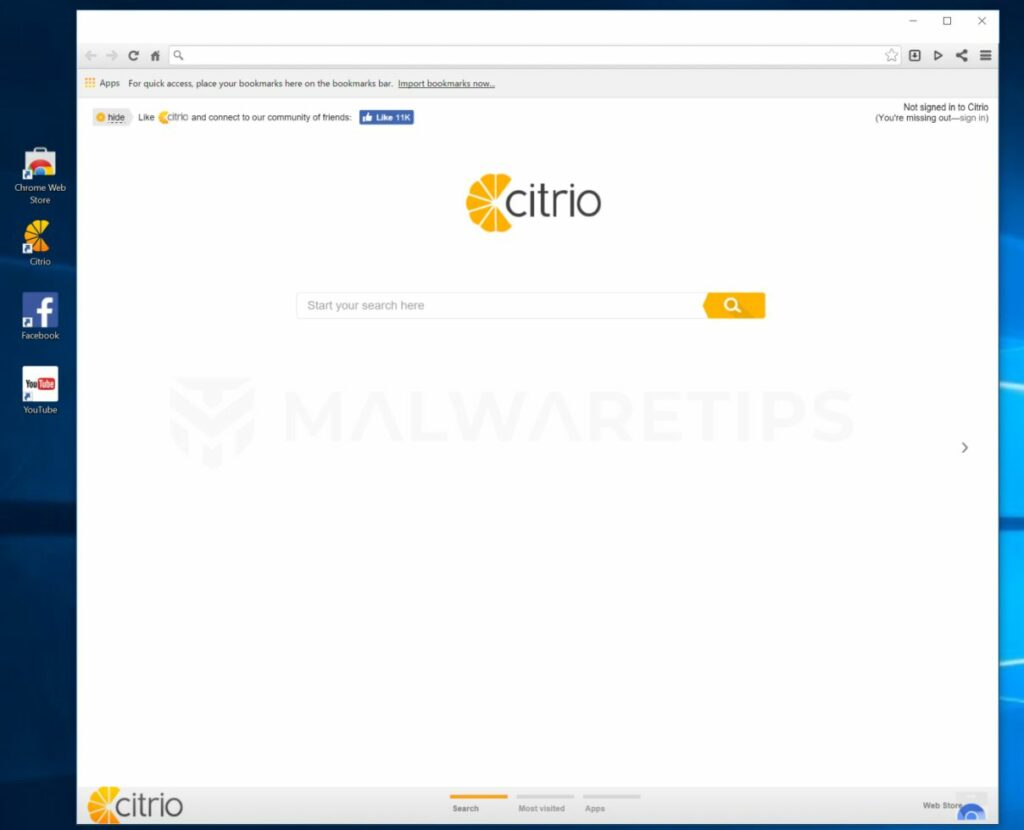

If you buy used OEM software, you run the risk of not being able to install it on your system at all. Sometimes, they’ll even sell this software as though it were new, or was not OEM software, but a regular license. Sometimes, people will sell OEM licensed software that has already been used on other hardware. You also need to be especially careful when buying OEM licensed software from used marketplaces or marketplaces without stellar reputations. OEM software doesn’t get support directly from Microsoft, because it’s intended to be used by manufacturers who supply support along with the hardwareīetween these limitations and the extra hassle of buying from a third party, it’s typically not worth the small amount of money you’ll save.OEM licenses are bound to one computer, and cannot be transferred to another for upgrades or new purchases.

Microsoft OEM licenses can’t be used to upgrade from an older version of Windows, only for a clean install.You can buy and activate the software normally, and you might save a few bucks while doing so, but remember the limitations: Microsoft used to sell them directly to consumers, in fact, but doesn’t for Windows 10-the only place to buy these discounted copies is on secondary retail markets like eBay, Amazon, and Newegg. OEM licenses often pop up on secondary markets. Unlike conventional copies of Windows or Office, an OEM copy is bound to the hardware upon which it was originally installed and can’t be transferred, even with a valid license code. OEM licenses are sold at a heavy discount, often in batches of thousands or more, but they can only be used once. These licenses are specifically meant for use on a single computer, by a single user who buys that computer through retail channels. The reason this is important is because software, especially Windows and Office packages from Microsoft, are often sold with an “OEM license.” This gives manufacturers like Dell the right to install that copy of the software on one machine, and only one machine.


 0 kommentar(er)
0 kommentar(er)
